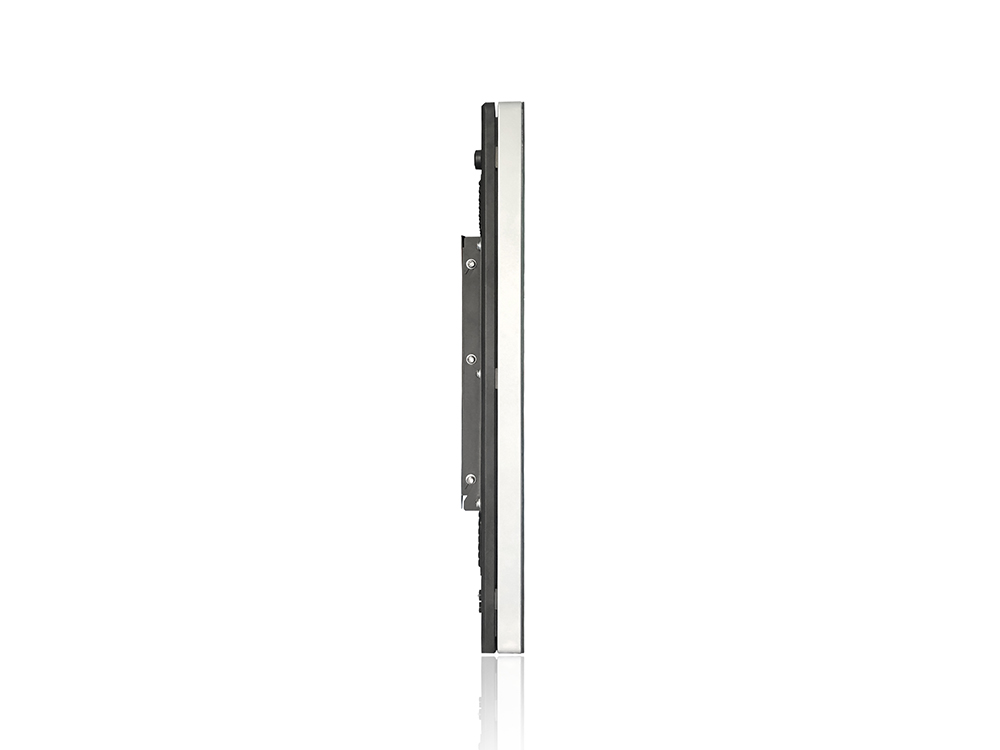Digital Signage and Remote Management Capabilities
In the ever-evolving landscape of communication and information dissemination, digital signage has emerged as a powerful tool that transcends traditional static displays. From bustling urban centers to serene suburban settings, digital signage is transforming the way we receive and interact with information. This dynamic medium, leveraging advanced technologies such as high-definition displays, touch interfaces, and internet connectivity, offers a versatile platform for conveying messages, advertisements, and announcements with unparalleled impact and flexibility. One of the most significant advancements in this domain is the integration of remote management capabilities, which has revolutionized the deployment, control, and maintenance of digital signage networks.

Digital signage encompasses a wide array of applications, ranging from retail and hospitality to corporate environments and public spaces. In retail stores, for instance, digital displays can showcase the latest promotions, product information, and branding messages in a visually appealing and engaging manner. Hotels and restaurants utilize digital menus and informational kiosks to enhance the guest experience, providing up-to-date information and a modern aesthetic. Corporate offices may employ digital signage for internal communications, meeting room bookings, and directional signage, streamlining daily operations and improving overall efficiency.
The true potential of digital signage, however, is unleashed when coupled with remote management capabilities. Remote management refers to the ability to control and monitor digital signage networks from a centralized location, often through cloud-based platforms. This functionality eliminates the need for on-site personnel to manually update content or troubleshoot issues, significantly reducing operational costs and increasing efficiency.
One of the primary advantages of remote management is the ease of content updates. In the past, updating digital signage content required physical access to each display, a time-consuming and labor-intensive process. With remote management, content creators can upload new media, adjust scheduling, and modify playlists from anywhere in the world, as long as they have an internet connection. This real-time control ensures that information is always current and relevant, enhancing the overall effectiveness of the digital signage.
Moreover, remote management enables centralized monitoring of the entire digital signage network. Administrators can track the status of each display, receive alerts for any malfunctions or connectivity issues, and remotely troubleshoot problems. This proactive approach to maintenance minimizes downtime and ensures that digital signage operates seamlessly, providing an uninterrupted flow of information to the intended audience.
Security is another critical aspect of remote management. With sensitive data and content being transmitted over the internet, it is essential to have robust security measures in place. Modern remote management platforms employ encryption protocols and secure authentication methods to protect data integrity and prevent unauthorized access. This ensures that digital signage networks remain secure, reliable, and compliant with data protection regulations.
Scalability is a key benefit of remote management in digital signage. As businesses grow and their communication needs evolve, the ability to easily expand the digital signage network becomes crucial. With remote management, adding new displays to the network is a straightforward process. Administrators can configure new devices, deploy them remotely, and integrate them into the existing infrastructure without the need for extensive on-site intervention. This scalability allows organizations to adapt their digital signage strategy to changing circumstances, ensuring that they remain agile and responsive to market demands.
In addition to content updates and monitoring, remote management platforms often offer advanced analytics and reporting features. These tools provide valuable insights into the performance of digital signage, including viewer engagement metrics, content effectiveness, and operational efficiency. By analyzing this data, organizations can optimize their digital signage strategy, tailoring content to better resonate with their target audience and improving overall communication effectiveness.
The integration of remote management capabilities also facilitates collaboration among stakeholders. Content creators, IT personnel, and business leaders can work together more efficiently, sharing information and making decisions in real-time. This collaborative approach ensures that digital signage aligns with overall business objectives, enhancing brand consistency and messaging coherence.
Furthermore, remote management enables the integration of digital signage with other systems and technologies. For example, digital signage can be linked to inventory management systems in retail environments, automatically updating product information as stock levels change. In corporate settings, digital signage can be integrated with meeting room booking systems, displaying real-time availability and reservation details. These integrations enhance the functionality of digital signage, making it a more integral part of the overall business ecosystem.
As the Internet of Things (IoT) continues to gain traction, the potential for remote management in digital signage will only grow. IoT-enabled devices can provide even more granular data, allowing for more sophisticated analytics and automation. For instance, sensors can track viewer behavior, such as dwell time and eye-tracking patterns, providing deeper insights into content engagement. This data-driven approach enables organizations to refine their digital signage strategy continuously, ensuring that it remains relevant and effective.
In conclusion, digital signage has become an indispensable tool for modern communication, offering a dynamic and engaging platform for conveying information. The integration of remote management capabilities has transformed the deployment, control, and maintenance of digital signage networks, making them more efficient, secure, and scalable. By leveraging remote management, organizations can ensure that their digital signage remains up-to-date, relevant, and effective, enhancing the overall communication experience for their audience. As technology continues to advance, the potential for remote management in digital signage will only expand, opening up new possibilities for innovation and engagement.
Application scenarios of digital signage

Tags:
self service kiosk touch kiosk digital signage interactive display interactive touch whiteboard kiosk video wall wall outdoor kiosk IP68 IP67 screen Shopping MallCurrent article link:
https://www.lcdkiosk.com/news/1310.html







